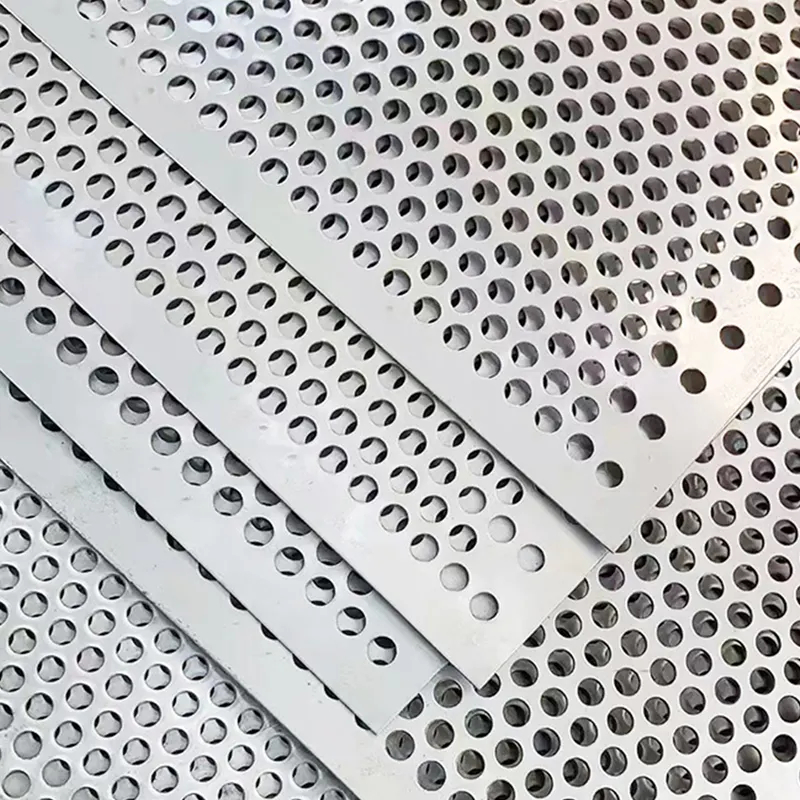Sound Barriers for Highway Noise Mitigation Strategies for Urban Areas
Highway noise is a growing concern in urban and suburban areas, as increased vehicular traffic contributes to heightened sound levels that can significantly affect the quality of life for nearby residents. To address this issue, sound barriers have emerged as an effective mitigation strategy aimed at reducing the impact of highway noise pollution. In this article, we will explore the function of sound barriers, types commonly used, their effectiveness, and additional strategies that can complement these structures.
Understanding Sound Barriers
Sound barriers, also known as noise barriers or sound walls, are structures designed to either absorb or deflect sound waves produced by vehicles on highways. Their main function is to reduce the noise that reaches residential areas and other noise-sensitive zones located close to the roadway. The effectiveness of sound barriers in noise mitigation primarily depends on their design, materials, height, and the distance from the noise source.
Types of Sound Barriers
There are several types of sound barriers, each serving different purposes and designed based on specific environmental and architectural considerations. The most common types include
1. Concrete Barriers These are among the most effective options due to their dense and solid nature. They can be molded into various shapes and can reach considerable heights, providing substantial noise reduction.
2. Earthen Berms These barriers utilize mounds of soil or earth to create a natural sound barrier. They not only help in noise reduction but also blend aesthetically with the landscape.
3. Wooden Barriers Often used in more residential or rural settings, wooden sound barriers are less visually intrusive than concrete ones. However, their effectiveness is generally lower compared to sturdier materials.
4. Acoustic Panels Made from sound-absorbing materials, these panels can be integrated into existing structures or installed as standalone barriers. They often provide a modern solution for urban areas.
5. Vegetative Barriers Often combined with other barrier types, these involve planting trees and shrubs that can absorb and diffuse sound. They also contribute to environmental benefits, such as biodiversity and carbon sequestration.
sound barriers for highway noise

Effectiveness of Sound Barriers
The effectiveness of sound barriers in reducing highway noise is influenced by various factors. Typically, barriers can reduce sound levels by 5 to 15 decibels, depending on height and design. A properly designed barrier that stands at least 14 feet in height and is located close to the noise source can significantly reduce the noise experienced in nearby communities.
However, while sound barriers can mitigate the intensity of noise pollution, they may not eliminate it entirely. Issues such as reflections, gaps in barriers, and the topography of the area can affect their overall performance. Moreover, the barriers must be maintained to ensure they continue to function correctly over time.
Complementary Strategies
To enhance the effectiveness of sound barriers, it is important to consider additional noise-reduction strategies. These may include
1. Better Road Surface Materials Utilizing asphalt with surface designs that reduce tire noise can further minimize highway noise.
2. Traffic Management Implementing measures such as speed limits, rerouting heavy trucks, and promoting public transportation can decrease the overall volume of traffic and associated noise levels.
3. Urban Planning Thoughtful land use and urban planning can prevent residential areas from being built too close to major highways, thereby reducing exposure to noise pollution.
4. Community Engagement Involving local communities in decision-making processes when planning highway projects can lead to better awareness and acceptance of noise mitigation measures.
Conclusion
With the continuously increasing urbanization and vehicle traffic, highway noise remains a significant challenge. Sound barriers are an effective solution to protect communities from noise pollution. However, to achieve the best results, these barriers should be part of a comprehensive noise management strategy that includes improved roadway materials, effective traffic management, and smart urban planning. By taking a multifaceted approach, we can create quieter and more livable environments even in bustling urban settings.
-
Why Galvanized Trench Cover Steel Grating Resists Corrosion
NewsJul.10,2025
-
The Versatility and Strength of Stainless Expanded Metal Mesh
NewsJul.10,2025
-
Load Calculations in Steel Grating Platforms
NewsJul.10,2025
-
Keeping Pets and Kids Safe with Chicken Wire Deck Railing
NewsJul.10,2025
-
Hole Diameter and Pitch for Round Perforated Metal Sheets
NewsJul.10,2025
-
Aluminium Diamond Mesh in Modern Architecture
NewsJul.10,2025
Subscribe now!
Stay up to date with the latest on Fry Steeland industry news.

